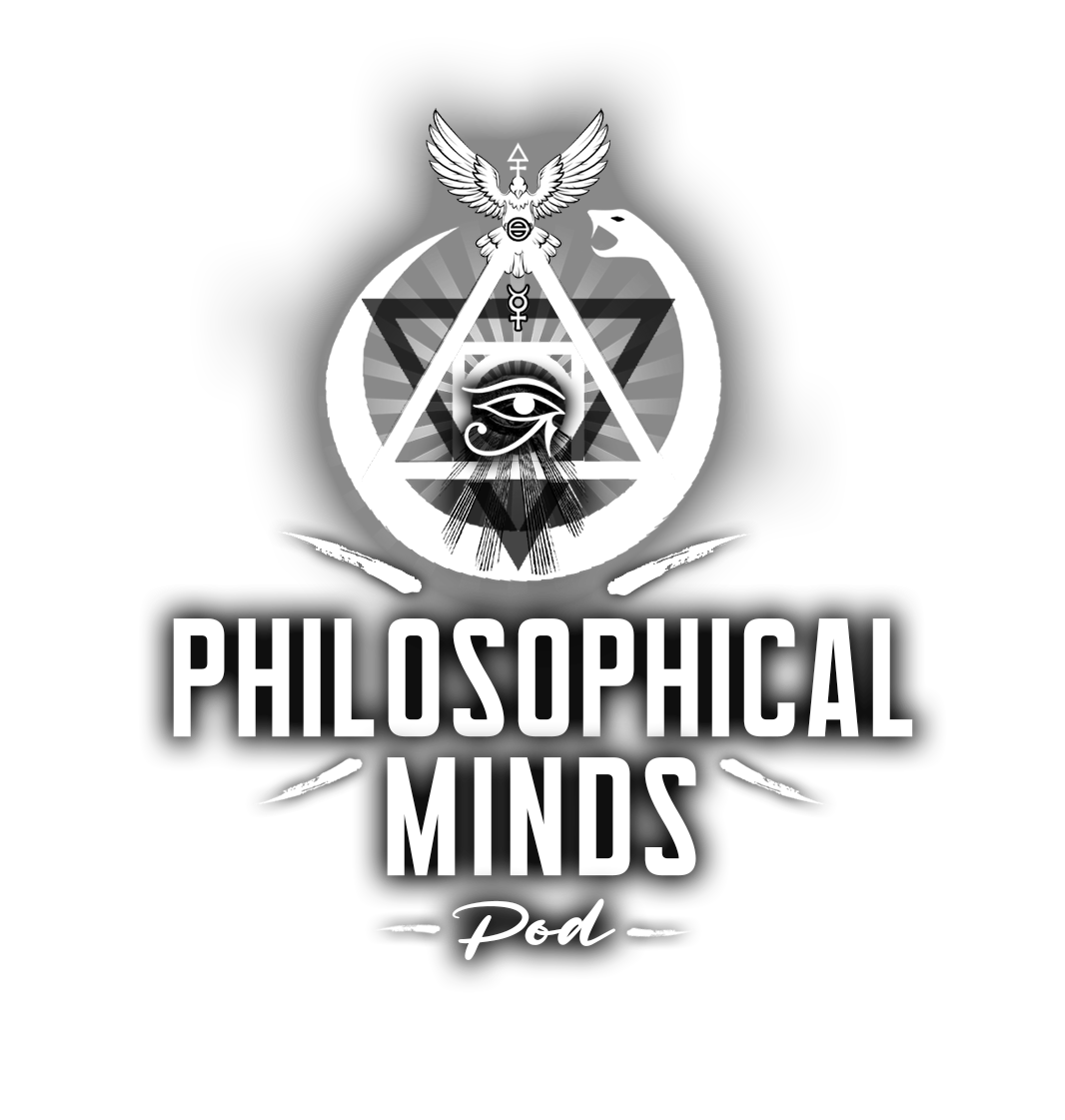The Retroductive Pythagorean Methodology: Unveiling the Cosmos Through Numbers
The Pythagorean tradition, originating from the teachings of Pythagoras of Samos (c. 570–495 BCE), is a fascinating blend of mathematics, philosophy, mysticism, and cosmology. Central to Pythagorean thought is the belief that numbers and their relationships are fundamental to understanding the structure of the universe. Among the various methodologies employed by the Pythagoreans, the retroductive approach stands out for its unique application of abductive reasoning to uncover the hidden principles governing reality. This article explores the concept of the retroductive Pythagorean methodology, examining its role in the development of Pythagorean thought and its broader implications for philosophy and science.
1. Understanding Retroduction
Retroduction (also known as abductive reasoning) is a form of reasoning that generates hypotheses to explain a set of observations. Unlike deduction, which derives specific conclusions from general principles, or induction, which generalizes from specific instances, retroduction works by proposing the most plausible explanation for the observed phenomena. This method is particularly useful in situations where direct observation or empirical testing is challenging or impossible.
2. Pythagorean Philosophy and Methodology
The Pythagoreans believed that numbers and mathematical relationships were not merely tools for measurement but were the very fabric of the cosmos. They saw the universe as an ordered and harmonious whole, governed by numerical principles that could be discerned through careful observation and contemplation.
Pythagorean methodology typically involved the following steps:
• Observation: The Pythagoreans closely observed natural phenomena, particularly those that revealed numerical patterns or harmonic relationships. Examples include the ratios in musical intervals, geometric forms, and the movements of celestial bodies.
• Hypothesis Generation: Based on these observations, they would generate hypotheses about the underlying numerical principles that might explain these patterns. This is where the retroductive aspect of their methodology comes into play—suggesting that the harmony observed in nature is rooted in specific numerical ratios.
• Mathematical Analysis: The hypotheses were then subjected to mathematical scrutiny, using tools such as arithmetic, geometry, and proportion to explore and test the validity of these ideas.
• Philosophical Interpretation: The findings were interpreted within a metaphysical or spiritual framework, often leading to profound insights about the nature of reality, the soul, and the cosmos.
3. The Retroductive Pythagorean Methodology in Practice
The retroductive Pythagorean methodology can be seen as a process of reasoning that begins with the observation of numerical harmony in the natural world and culminates in the formulation of metaphysical principles. Below are key examples illustrating this methodology:
• The Harmony of the Spheres: Perhaps the most famous example of Pythagorean retroductive reasoning is the concept of the harmony of the spheres. The Pythagoreans observed the regular, predictable movements of celestial bodies and hypothesized that these movements corresponded to a form of cosmic music, governed by numerical ratios. Although this harmony was not directly audible, the Pythagoreans believed it could be inferred from the mathematical order of the cosmos. This hypothesis was retroductive because it sought to explain the observed order and regularity of the heavens through the principle of numerical harmony.
• Musical Ratios: The Pythagoreans discovered that musical harmony could be expressed through simple numerical ratios (e.g., the octave is a 2:1 ratio, the fifth is a 3:2 ratio). By retroductively reasoning from these observations, they posited that the same numerical principles must apply to other aspects of the natural world, leading to a broader metaphysical system where numbers were seen as the fundamental building blocks of reality.
• Geometric Forms: Pythagorean retroductive reasoning also extended to geometry. For example, they observed the regularity and symmetry of certain geometric shapes, such as the triangle, square, and pentagon, and inferred that these shapes were expressions of deeper cosmic principles. The use of geometry to explain the structure of the physical world was a key aspect of Pythagorean thought, influencing later developments in both mathematics and philosophy.
4. Broader Implications
The retroductive Pythagorean methodology had significant implications for the development of Western thought:
• Influence on Plato and Aristotle: Plato was heavily influenced by Pythagorean ideas, particularly the belief in an underlying mathematical order to the universe. This is evident in his dialogue Timaeus, where he describes the cosmos as a living being structured by geometric forms. Aristotle, while critical of some Pythagorean ideas, nonetheless acknowledged the importance of mathematical principles in understanding nature.
• Foundation for Modern Science: The emphasis on mathematical relationships as fundamental to the structure of reality laid the groundwork for the development of modern science. The retroductive approach, in particular, can be seen in the way scientists formulate hypotheses based on observed patterns, which are then tested and refined through experimentation.
• Continuity in Mysticism and Esotericism: The Pythagorean focus on numbers and harmony also influenced various mystical and esoteric traditions, where numbers and geometric forms are often seen as symbols of spiritual truths. The idea that the cosmos is governed by a hidden numerical order continues to resonate in these traditions.
The retroductive Pythagorean methodology represents a unique approach to understanding the universe, combining observation, mathematical reasoning, and metaphysical interpretation. By retroductively reasoning from the patterns observed in nature, the Pythagoreans developed a profound system of thought that has influenced philosophy, science, and mysticism for centuries. Their belief in the fundamental role of numbers in shaping reality remains a powerful legacy, continuing to inspire those who seek to uncover the hidden order of the cosmos.
References
1. Guthrie, W.K.C. A History of Greek Philosophy: Volume 1, The Earlier Presocratics and the Pythagoreans. Cambridge University Press, 1962.
2. Huffman, Carl A. Philolaus of Croton: Pythagorean and Presocratic. Cambridge University Press, 1993.
3. Kahn, Charles H. Pythagoras and the Pythagoreans: A Brief History. Hackett Publishing, 2001.
4. Riedweg, Christoph. Pythagoras: His Life, Teaching, and Influence. Cornell University Press, 2005.
5. Plato. Timaeus. Translated by Benjamin Jowett, Dover Publications, 2003.
This article explores the intricate and influential methodology of the Pythagoreans, shedding light on how their retroductive approach to reasoning helped shape our understanding of the universe.
